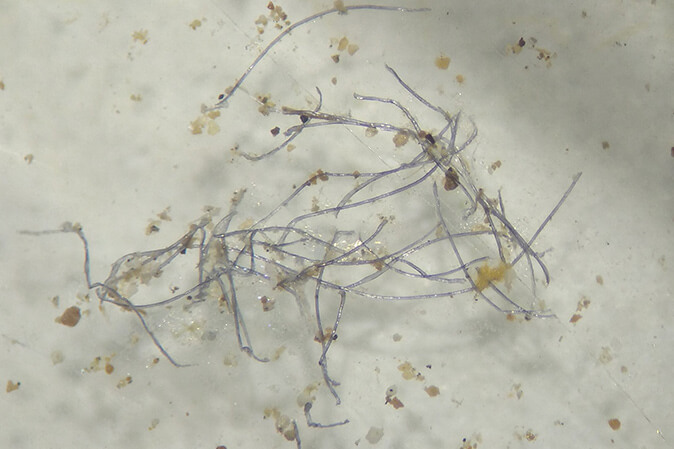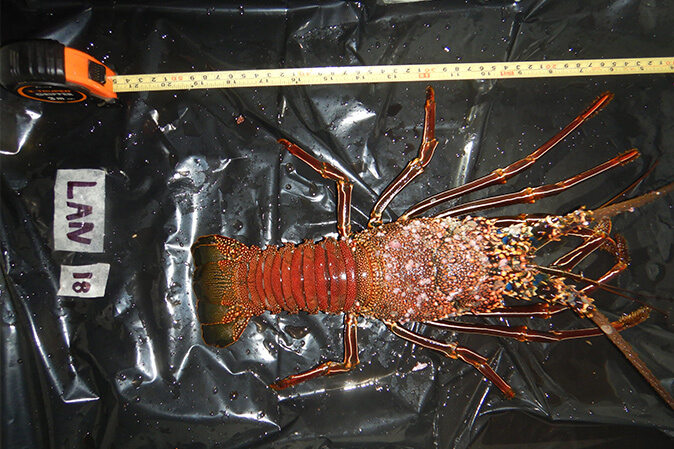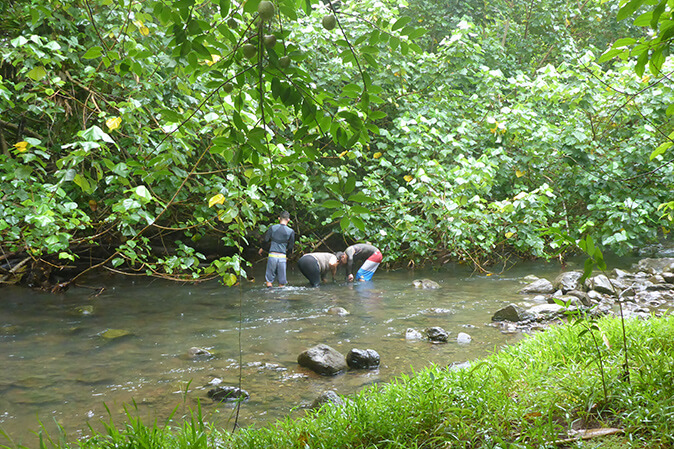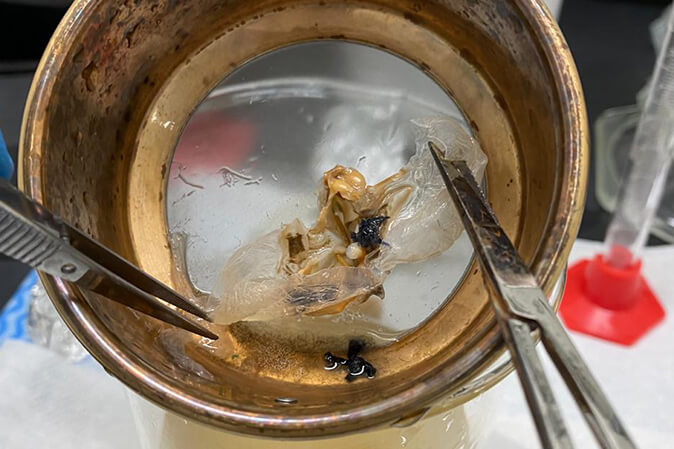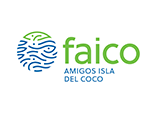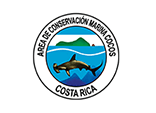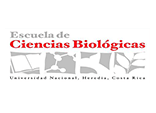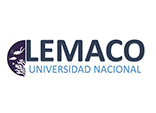Microplastics in marine and freshwater environments in Cocos Island National Park
Microplastics are very small pieces of plastics, which can come from two sources: 1) these could have been macroplastics (synthetic clothing, single-use plastic, etc.) that fragmented in the environment, or 2) these were created to be added to products such as laundry detergents, toothpaste, exfoliating creams, etc., since microplastic particles are abrasive and clean better. These plastic particles are so small that there is evidence that they can be transported for kilometers through ocean currents, clouds, raindrops, and the air, so they could reach the remote environments of Cocos Island, including its rivers. These pollutants could have a significant impact on terrestrial and marine ecosystems, as well as on their biodiversity, and even on human health. FAICO, in partnership with the School of Biological Sciences of the National University of Costa Rica and Cocos Island National Park, seeks to determine if there are microplastics in drinking water, as well as in marine and river sediments of Cocos Island. In addition, we also intend to determine whether fish and crustaceans, both from freshwater and reef ecosystems, could be consuming these particles. The above aims at understanding the level of exposure of this pollutant even in a place like Cocos Island, considered a pristine site.
Belongs to
the Program:
the Program:


